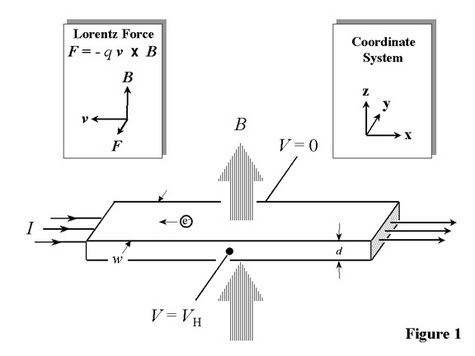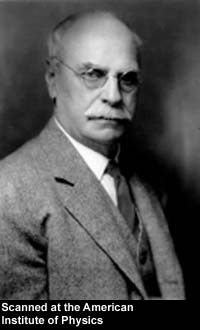-
 Chelation
Chelation
-
 Self-signed key
Self-signed key
-
 Protein
Protein
-
 Hypothalamic paraventricular nucleus
Hypothalamic paraventricular nucleus
-
 Zune
Zune
-
 Induration
Induration
-
 Hadron
Hadron
-
 Winter squash
Winter squash
-
 Scute
Scute
-
 Interferon
Interferon
-
 Bamako Convention
Bamako Convention
-
 Pink siris
Pink siris
-
 TWyr
TWyr
-
 Atomic force microscope
Atomic force microscope
-
 TCP/IP
TCP/IP
-
 Chemotherapy.
Chemotherapy.
-
 Myoglobin
Myoglobin
-
 Epiphyses
Epiphyses
-
 Resorption
Resorption
-
 VAN method
VAN method
-
 Storage memory
Storage memory
-
 Passion fruit
Passion fruit
-
 Collective heating
Collective heating
-
 BSC
BSC
-
 Exon
Exon
-
 Concave
Concave
-
 Ore
Ore
-
 Serotherapy
Serotherapy
-
 Cirripedia
Cirripedia
-
 Cementation
Cementation
Hall effect
The Hall effect is a well known phenomenon in the field of material electromagnetism. It bears the name of the American Edwin Hall who discovered it in 1879. Originally associated with effects in classical physics it has fascinating extensions to quantum physics: integer and fractional quantum Hall effects. The latter two have been the subject of two Nobel prizes.
In the classical case it appears when a strip of metal, often a semiconductor, is plunged into a magnetic field. The strip through which an electrical current I flows along its length, is itself perpendicular to the magnetic field B; there then appears a difference in potential VH due to the accumulation of charges on the opposite faces of the strip across its width. The situation is shown in the diagram below.

Credit: NIST
The simple application of the Lorentz force F on the electrons carrying a charge -e and moving at a speed v as shown in the diagram is sufficient to explain why the electrons in the current are partially diverted to one side and accumulate there, giving rise to an electric field.
The first surprise was that certain materials do not have the right charge carrier sign which is positive instead of negative! It was the quantum theory of solids that provided the solution to this puzzle: conduction in semiconductors can be by positive holes. A coefficient RH can be introduced, called the Hall coefficient, relating VH, B and I. If RH is calibrated for a given magnetic field, the Hall effect can then be used to measure weak magnetic fields allowing the development of today's widely used sensors. Conversely, for a given magnetic field we can determine RH which is directly related to the conduction properties of a material. This is very useful in the study of semiconductors.
In 1980, Klaus von Klitzing at the time in Grenoble, discovered that in the case of very low temperature semiconductors plunged into an intense magnetic field, RH varies in steps relative to an integer multiple of h /e2, where e is the elementary electric charge and h is the Planck constant. This quantum Hall effect has generated a lot of advanced theoretical physics works. It now appears in the topological quantum field theory, non-commutative geometry and even in string theory applied to black holes in cosmology.
A fractional quantum Hall effect has recently been discovered and there is still debate on the validity of the theoretical explanations for the quantum Hall effect. From an experimental point of view, the integer quantum Hall effect allows very precisely calibrated resistors to be obtained for physics and technology together with fine measurement of the value of fundamental constants such as h and e.

Edwin Hall
Latest
Fill out my online form.



